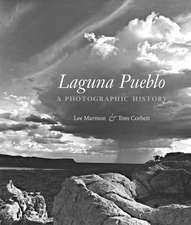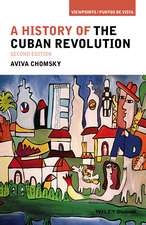Traders, Planters and Slaves: Market Behavior in Early English America
Autor David W. Galensonen Limba Engleză Paperback – 17 iul 2002
Preț: 268.34 lei
Nou
Puncte Express: 403
Preț estimativ în valută:
51.35€ • 55.95$ • 43.27£
51.35€ • 55.95$ • 43.27£
Carte tipărită la comandă
Livrare economică 23 aprilie-07 mai
Preluare comenzi: 021 569.72.76
Specificații
ISBN-13: 9780521894142
ISBN-10: 052189414X
Pagini: 248
Dimensiuni: 152 x 229 x 18 mm
Greutate: 0.41 kg
Ediția:Revised
Editura: Cambridge University Press
Colecția Cambridge University Press
Locul publicării:New York, United States
ISBN-10: 052189414X
Pagini: 248
Dimensiuni: 152 x 229 x 18 mm
Greutate: 0.41 kg
Ediția:Revised
Editura: Cambridge University Press
Colecția Cambridge University Press
Locul publicării:New York, United States
Cuprins
List of tables; Preface; 1. The Atlantic slave trade and the early development of the English West Indies; 2. Shipping and mortality; 3. Slave prices in the Barbados market, 1673–1723; 4. On the order of purchases by characteristics at slave sales; 5. The demographic composition of the slave trade: an economic investigation; 6. Establishing geographic persistence from market observations: population turnover among estate owners and managers in Barbados and Jamaica, 1673–1725; 7. The economic structure of the early Atlantic slave trade: the challenge of Adam Smith's analysis; Appendices; Notes; Selected bibliography; Index.
Recenzii
'Galenson's book is a welcome addition to the growing literature on economic institutions. Using a blend of cliometric techniques and institutional analyses, he mines the economic and demographic data in the records of the Royal African Company to reconstruct the organization of the seventeenth-century slave trade. The result is a detailed demonstration that this trade took place in a highly organized and sophisticated market. The book will be of interest not just to economic historians of slavery, but to everyone interested in the evolution of modern economic organization and exchange.' Douglass C. North, Washington University
'Traders, Planters, and Slaves analyzes nearly 75,000 transactions of the Royal African Company to explore the operations of the slave trade, the economy of the sugar islands, and the efficiency of markets in early modern history. It illuminates all three subjects and is essential reading for students of the Atlantic world during the colonial era. In the best tradition of cliometrics, Galenson combines a historian's careful reading of archival material with an economist's theoretical precision to produce a model of social science history.' Russell R. Menard, University of Minnesota
'Traders, Planters, and Slaves analyzes nearly 75,000 transactions of the Royal African Company to explore the operations of the slave trade, the economy of the sugar islands, and the efficiency of markets in early modern history. It illuminates all three subjects and is essential reading for students of the Atlantic world during the colonial era. In the best tradition of cliometrics, Galenson combines a historian's careful reading of archival material with an economist's theoretical precision to produce a model of social science history.' Russell R. Menard, University of Minnesota
Descriere
This book explores the operation of the Atlantic slave trade industry in the late seventeenth and early eighteenth centuries.












